
I hope you enjoy this blog post.
If you want us to appraise your luxury watch, painting, classic car or jewellery for a loan, click here.
Top 10 Most Interesting Pieces of Art & Paintings in David Bowie’s Collection
Following the 2016 death of one of Great Britain’s most loved and treasured musicians, there’s been a revitalised interest in the life and work of a man whose career spanned more than 50 years. One particular aspect of his life that’s come under the microscope was his love for art. A few years back Sotheby’s announced the selling of 400 works from Bowie’s private art collection, following a select exhibition of pieces in London, Hong Kong, Los Angeles, and New York.
With the exhibition having taken place just around the corner from our pawn shop at the Sotheby’s auction house in Mayfair, we couldn’t pass up the chance to see a selection of the private art collection of a British icon.
What jumped out to us immediately was the eclectic taste in art that Bowie possessed. This was a fascinating insight into his mind; it makes perfect sense that an artist as varied and as open to reinvention as David Bowie was inspired by such a wide range of art styles.
This eclecticism was perhaps best evidenced by the placement of a subtle abstract by Peter Lanyon next to two pieces of outsider art created by residents of an Austrian psychiatric hospital. The exhibit was truly fascinating, and we were so excited to see the full catalogue for the sale when it came out in October that year.
Here’s a number of our highlights from Bowie’s art collection:
1. ‘Beautiful shattering, slashing, violent, pinky, hacking, sphincter painting’ – Damien Hirst
Damien Hirst’s work can be divisive, but it’s undeniable that his is the most instantly recognisable name making art in Britain today. It’s fair to say that he’s not without his critics, but David Bowie frequently and openly praised the Bristol-born artist, saying that his pieces are “moving, and not at all flippant.”
This piece, one of many in Hirst’s ‘spin’ series, was created by applying paint to a spinning canvas, and is expected to fetch around a quarter of a million pounds at auction.
2. ‘Brionvega Radio Phonograph’ – Pier Giacomo and Achille Castiglioni
Created by Italian brothers, Pier Giacomo and Achille Castiglioni, this quintessentially 1960s record player is certainly a stylish way to listen to music. Standing next to it, it’s easy to imagine Bowie using it to play his favourite records for his family and friends.
It’s accompanied by a list of 25 albums that could change your reputation, assembled by the man himself. Interestingly, there’s nothing more recent than 1980 in there. It seems that he loved the classics!
3. ‘’Big Sur’ Sofa’ – Peter Shire
It’s a testament to the relentless artistic tendencies of David Bowie, that even his sofa was an art piece. It was made by Los Angeles-born Peter Shire of the iconic Memphis Group, a group of designers whose pieces were characterised by the use of colourful, non-symmetrical designs that heavily incorporated plastic materials.
Some may claim that it’s just furniture, not art, but for the artist, that’s just part of the appeal. Shire says he finds it ‘fun’ to blur the lines between art and functionality.
4. ‘Head of Gerda Boehm’ – Frank Auerbach
“My God, yeah! I want to sound how that looks.” High praise from Bowie, directed at this abstract portrait by German/British artist Frank Auerbach. Bowie was drawn to the three dimensional aspects of Auerbach’s work, which used excessive amounts of paint in order to create a raised effect that cannot be truly appreciated until you view it with the naked eye.
If you want to own this arresting piece for yourself, it could set you back as much as half a million pounds. If that’s out of your budget, be sure to check it out at the exhibit before it moves on to Hong Kong; it’s the first time it’s been displayed publicly in 15 years.
5. ‘Trevalgan’ – Peter Lanyon
David Bowie collected a number of paintings by Peter Lanyon, a Cornish artist who used his hometown – the picturesque seaside town of St Ives – as his muse.
This piece in particular captures the countryside near St Ives, using abstract imagery and a striking colour contrast between land, sea, and sky. The piece was one of three paintings that Bowie loaned to the Tate St Ives in 2010 as part of a retrospective art collection celebrating the painter’s life.
6. ‘Air Power’ – Jean-Michel Basquiat
One of the pricier pieces in the collection, this painting by American artist Jean-Michel Basquiat will set you back at least £2.5 million if you want to purchase it at auction. While Bowie typically favoured British artists, he was clearly fascinated by Basquiat – a protégé of Andy Warhol who lived in Manhattan while hip-hop, punk, and street art were at the forefront of the city’s cultural identity. Bowie purchased this piece in 1997 after appearing in a film about the artist’s life, where he portrayed Basquiat’s mentor, Andy Warhol.
7. ‘DHEAD XLVI’ – DAVID BOWIE
No collection of David Bowie art would be complete without the inclusion of a David Bowie painting itself. Indeed, Bowie’s artistic prowess was not restrained to the music studio, and while by his own admission, The Thin White Duke was no master, he certainly produced some interesting and unique work.
As far back as the 1960s, Bowie showed an interest in the canvas. The David Bowie paintings from this time were in the abstract expressionist style, drawing influence from Garshen Bomberg and Francis Bacon. However, it wasn’t until his 1990s series, DHeads, that he really found his groove.
The Dead Heads series (1995 to 1997) was a collection of bright, energetic paintings that dealt with the subject of the self. Bowie’s subject matter includes friends, musicians, and himself, and depicts faceless heads covered in wild brushstrokes.
DHead XLVI is one of the most notable David Bowie paintings from this series of 47 works. The soft and featureless enigmatic side profile swirls with reds, pinks, and an almost turquoise blue. The tones are soft and playful and hint at an almost melancholic interior.
The work itself has a memorable backstory, too. It was discovered in a charity store in northern Toronto in 2021 and purchased for just $5. Once verified, the David Bowie painting went to auction and fetched around $66,000.
8. ‘TWO OTHERS HAVE BEEN THERE’ – EUAN UGLOW
Euan Uglow’s Two Others Have Been There was painted in 1992, just eight years before the artist’s death. It’s a simple 18cm x 18cm oil and pencil still-life painting of a halved blood orange that bursts with colour. The meaning behind the painting is highly ambiguous, but there are clues in the fruit’s slightly withered flesh that acknowledge the passing of time or death. However, other critics see the piece as a celebration of the overlooked beauty of everyday items.
Uglow studied at the Camberwell School of Art, not far from where Bowie grew up. He was a protégé of William Coldstream, and when the realist painter left for the Slade School of Art, Uglow went with him. Later, Uglow would become a teacher and mentor in his own right, helping world-renowned artists like Lucian Freud and Frank Auerbach to reach their potential.
The brushwork in Two Others Have Been There is characteristically meticulous and detailed. Small and delicate strokes are used to build texture and depth, giving the painting a stunning realism. The painting is a marvelous technical achievement, and, according to critics, it is representative of Uglow’s later work due to its focus on rich colours and deft brushwork.
This piece shows the versatility of the David Bowie painting collection that went on sale after his sad passing. When viewed in that context, Two Others Have Been There takes on a slightly melancholy edge despite its vibrant pastel palette.
9. ‘INTERIOR (MRS MOUNTER)’ – HAROLD GILMAN
Interior (Mrs Mounter) was painted between 1916 and 1917 by Harold Gilman. It’s part of the larger artistic conversation about modernism that eschewed grand and bombastic themes and instead sought to explore and document the quiet moments of reality and working-class life.
The subject matter of the piece is deceptively quotidian and features a suburban landlady going about her business in an unremarkable room in London’s West End. The painting is notable for its stillness, but there is more than meets the eye with this piece from the David Bowie art collection.
For Bowie, pieces like Interior would have had great resonance. Born in Brixton shortly after the Second World War, these depictions of London flats and bedsits would be all too familiar. While the painting deals with the interiors of houses, it also calls on us to look at the interiors of the subject, which in this case is Gilman’s Maple Street landlady, Mrs Mounter. Indeed, the painting is quiet, intimate, and introspective, and perfectly represents a time and place in 20th century London.
Gilman’s Post-Impressionist masterpiece captures the bold patterns of the room and uses simple forms, bold brushstrokes, and lots of colour. The use of light is particularly striking, too, with sunlight gently busting through the window, illuminating the cluttered mantlepiece and casting interesting shadows.
Mrs Mounter would feature in other Gilman works over the years. The painting is seen by critics as evidence of the artist’s ability to elevate the everyday into something deeply touching and meaningful, making it a perfect piece for the David Bowie art collection.
10. ‘FAMILY GROUP’ – DAVID MOORE
So far, our look at this collection has largely focused on David Bowie paintings. However, he was a huge fan of other types of art, including sculpture. One of the finest pieces in the private collection of David Bowie artwork is a piece by his namesake, David Moore.
Family Group is a large bronze sculpture that was cast in 1950. It grew out of sketches the artists made in the 1930s. It is a complex technical piece that represents the nuclear family.
The sculpture consists of two adults sitting on a bench and holding a child. What is remarkable about the work is that it’s just smaller than lifesize. Created just after the Second World War, critics see the work as a symbol of hope and renewal in the face of the destruction of the war.
There were five castings of Family Group, with each piece scattered around the globe in locations like New York, Japan, and London. Indeed, the universality of the theme and its presence in different places gives us an insight into the artist’s intent. Smooth, balanced, and striking, the sculpture is a celebration of society’s most basic unit, the family. It offers stability and security, which may explain its place in the David Bowie art collection.
Interestingly, one of the five sculptures was displayed outdoors by the Barclay Group school in Stevenage. However, after a thwarted attempt to steal the work in 2010, it was moved indoors to a more secure setting.
New Bond Street Pawnbrokers are a discreet, luxury pawnbroking service facilitating loans against fine art and a variety of artists like Andy Warhol, Bernard Buffet, Damien Hirst, David Hockney, Marc Chagall, Raoul Duffy, Sean Scully, Tom Wesselmann, Tracey Emin, Banksy, and Roy Lichtenstein to name just a few.
This post is also available in:
Français (French)
Deutsch (German)
Italiano (Italian)
Português (Portuguese (Portugal))
Español (Spanish)
Български (Bulgarian)
简体中文 (Chinese (Simplified))
繁體中文 (Chinese (Traditional))
hrvatski (Croatian)
Čeština (Czech)
Dansk (Danish)
Nederlands (Dutch)
हिन्दी (Hindi)
Magyar (Hungarian)
Latviešu (Latvian)
polski (Polish)
Português (Portuguese (Brazil))
Română (Romanian)
Русский (Russian)
Slovenčina (Slovak)
Slovenščina (Slovenian)
Svenska (Swedish)
Türkçe (Turkish)
Українська (Ukrainian)
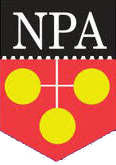

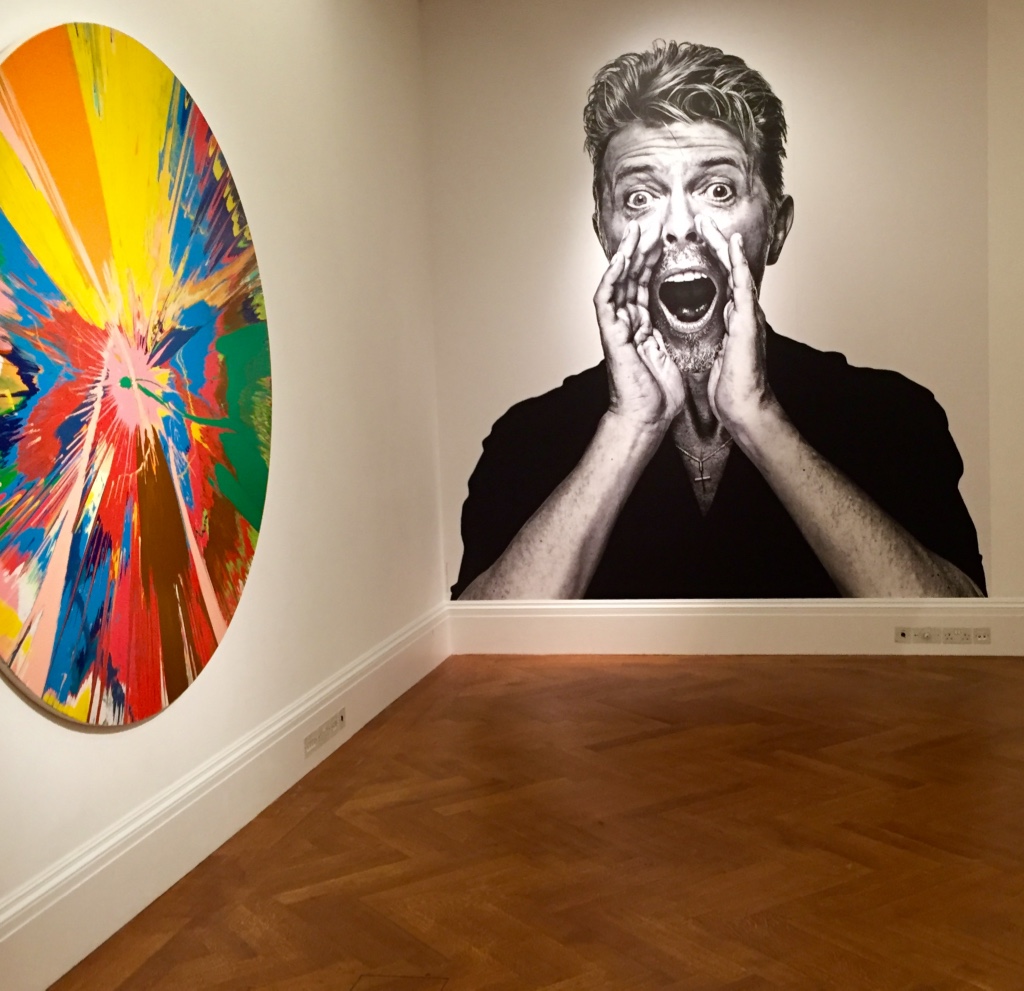

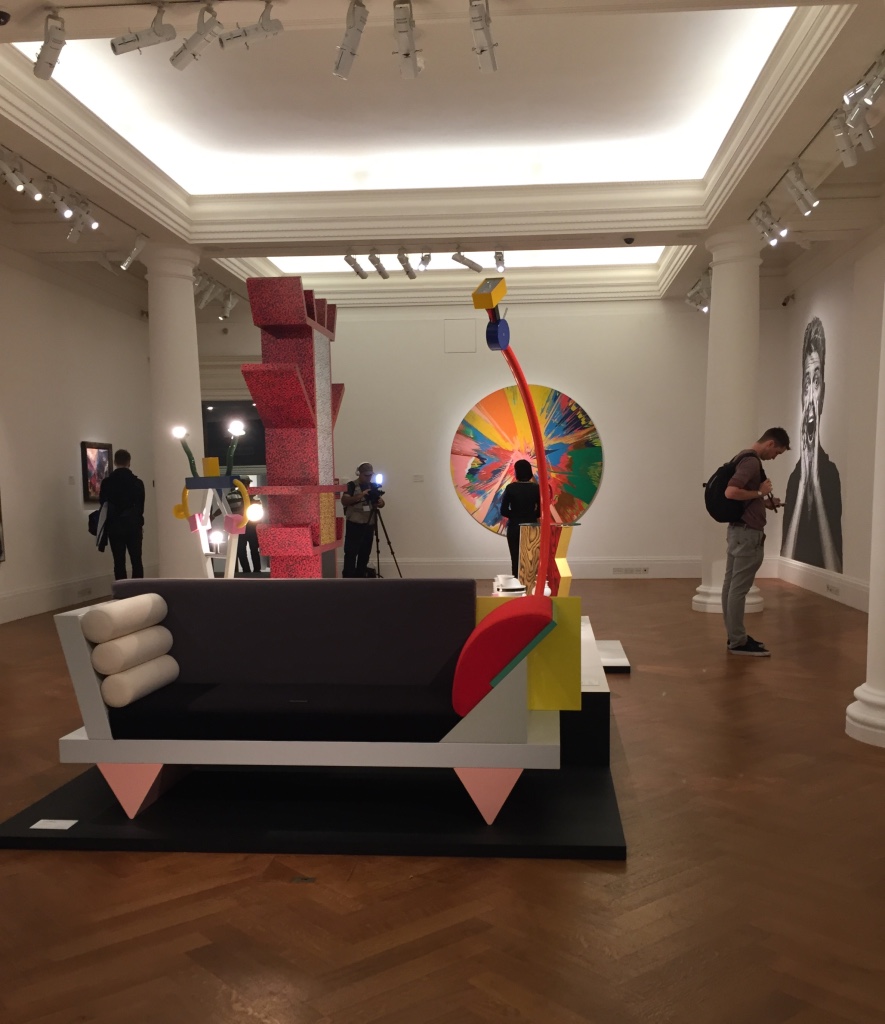
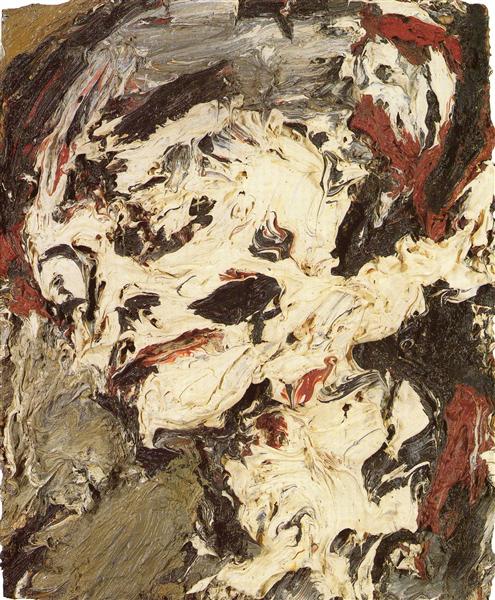
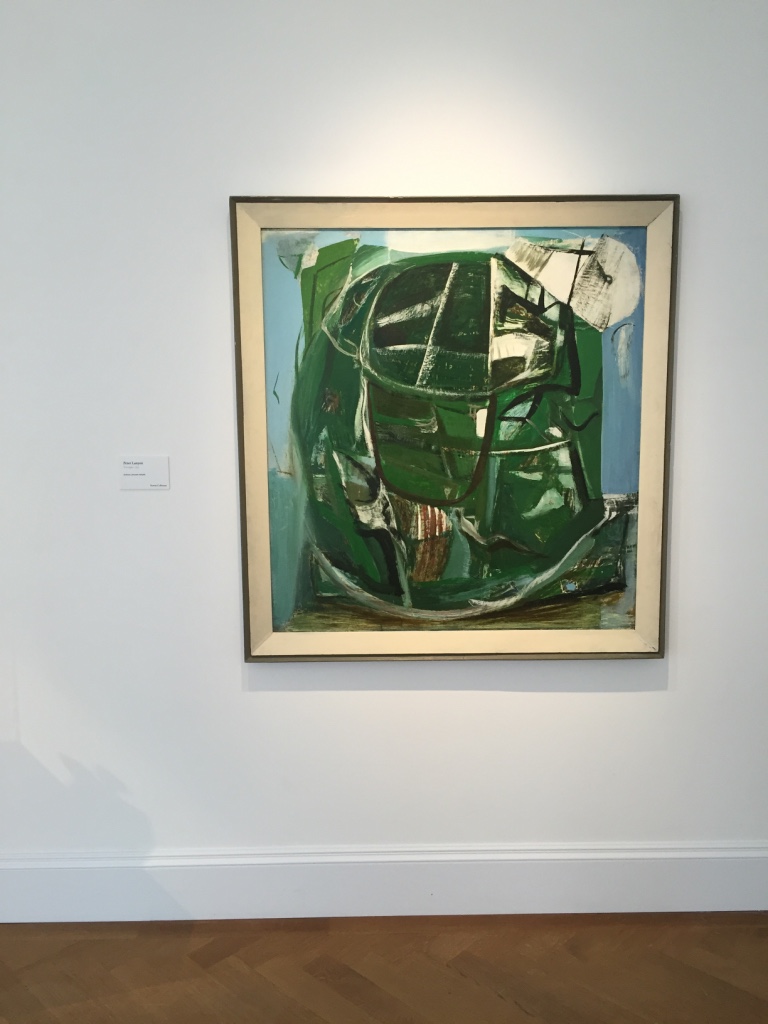
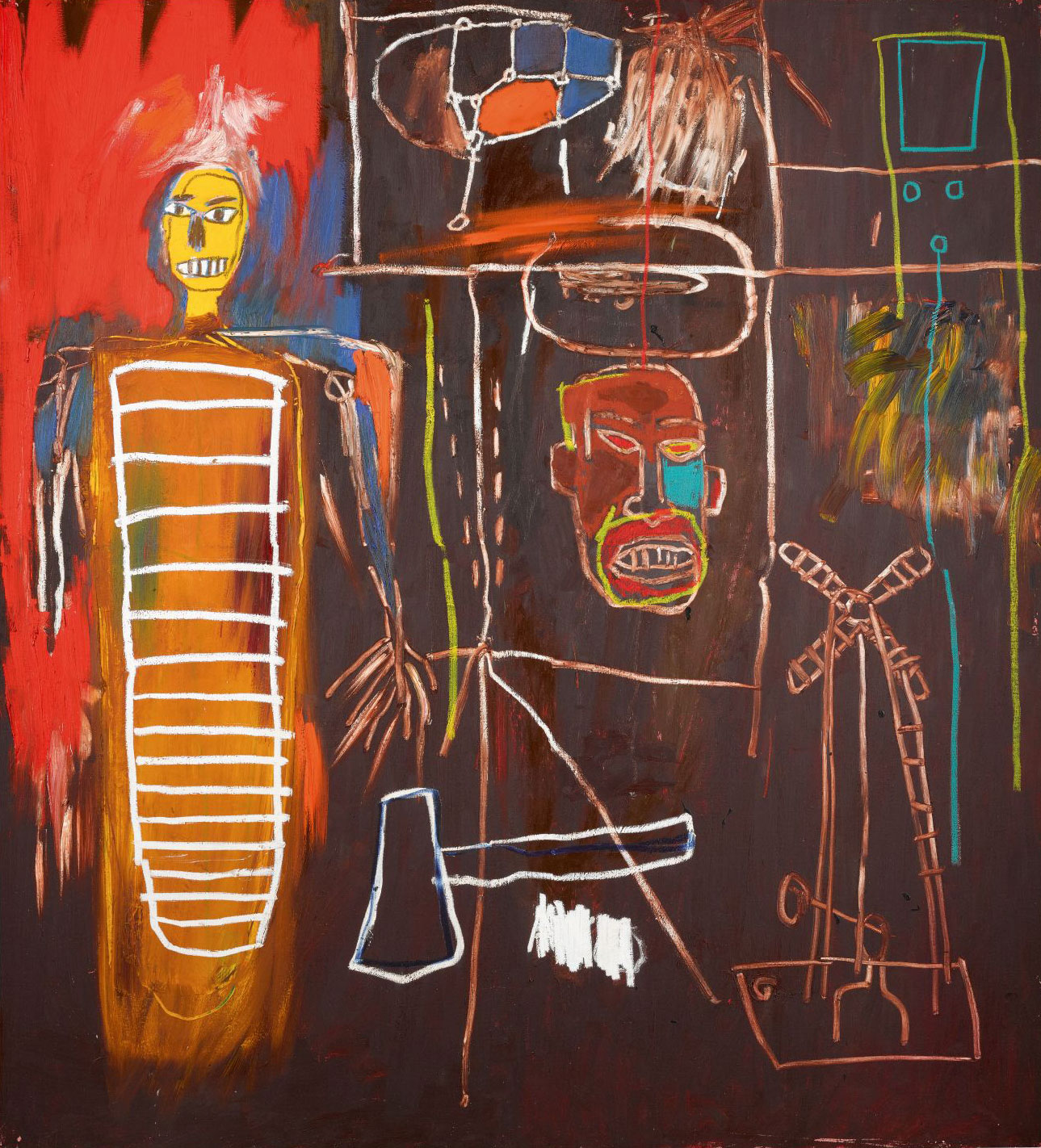
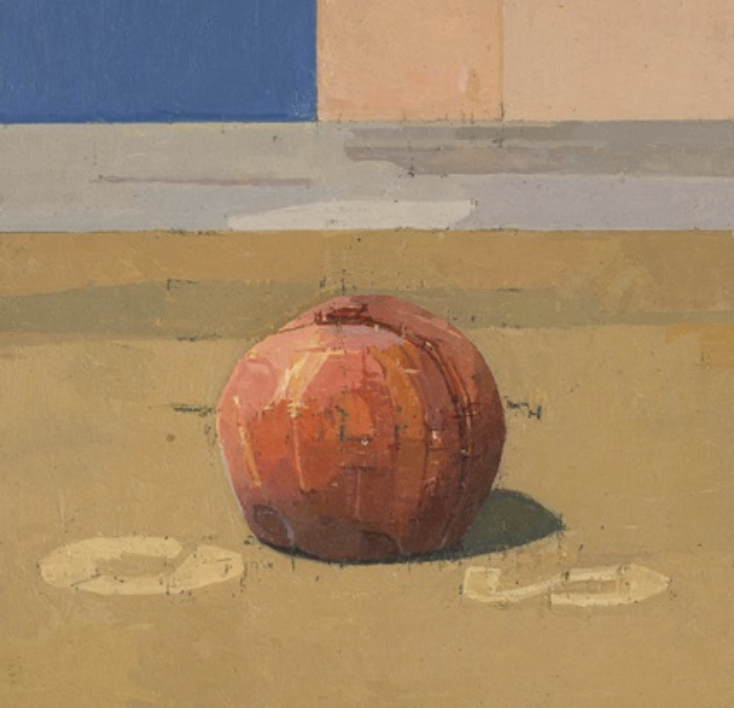

Be the first to add a comment!